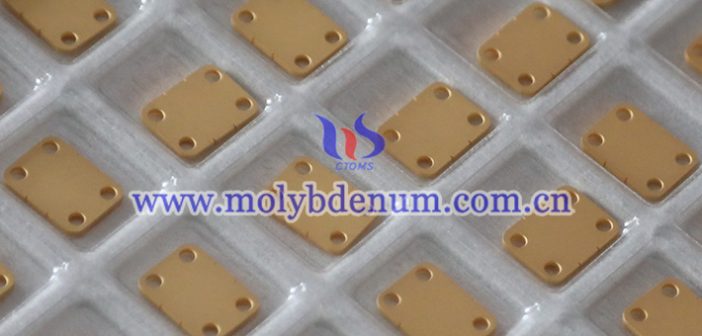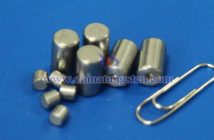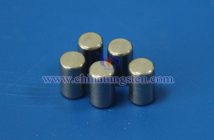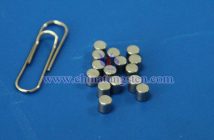The manufacture of ultra-thin molybdenum copper heat sinks must not only maintain the compactness and uniformity of the alloy, but also meet the requirements of high dimensional accuracy, excellent surface quality and structural strength. Although the traditional powder metallurgy process is suitable for the mass production of medium-thick molybdenum-copper alloys, the main challenges in the manufacture of ultra-thin dimensions (e.g., thickness less than 0.3 mm) are as follows:
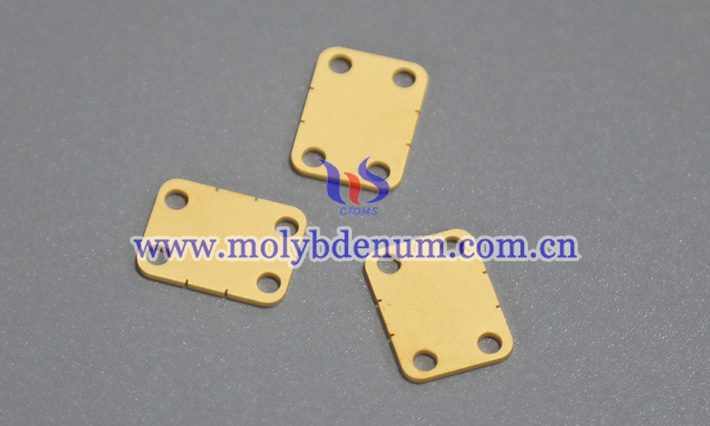
1. Difficult to press: Due to the high hardness of molybdenum powder itself, it is easy to produce cracks or uneven density during the pressing process.
2. Difficult to control sintering shrinkage: molybdenum-copper alloy is a non-miscible system, and obvious volume changes will occur during the sintering process, resulting in warping and deformation of thin sheets.
3. Machining limitations: molybdenum-copper alloy with extremely thin thickness is easily damaged in the traditional cutting process, and the processing efficiency is low.
4. Difficult to control the bonding strength: the interface bonding ability between the copper phase and the molybdenum phase is weak, and the ultra-thin sheet is easy to delaminate or peel in subsequent use.
In order to solve the above problems, a variety of advanced manufacturing processes have been developed in recent years, mainly including:
1. Powder metallurgy + hot isostatic pressing (HIP) technology
The density and bonding strength of the alloy can be significantly improved by mixing ultra-fine molybdenum powder and atomized copper powder evenly in a certain proportion and then formed by cold isostatic pressing, and then sintered with high-temperature hydrogen and then treated by hot isostatic pressing. By controlling the accuracy of the pressing die and the sintering heating rate, molybdenum-copper sheets with a thickness of 0.2~0.5 mm and a warpage of less than 0.02 mm can be obtained.
2. Lamination and sintering technology
Powders or foils are pre-pressed into multi-layer sheets, laminated and sintered with each other, followed by cold or hot rolling to achieve final thickness control. This method is particularly suitable for batch preparation of high-consistency sheet materials.
3. Copper permeation method
The porous molybdenum skeleton is first sintered, and then the copper is infiltrated in a high-temperature vacuum to achieve a dense bond of molybdenum-copper composites. This method has the advantages of strong process controllability and good tissue uniformity, and is suitable for manufacturing thin sheet products with a thickness as low as 0.1 mm.
4. Laser cutting and precision grinding technology
The thickness of the sintered medium-thick molybdenum copper plate can be controlled within ±5 μm by laser cutting, and then through double-sided grinding and polishing, the surface roughness can reach Ra<0.2 μm, which meets the packaging requirements of high-end devices.
In order to further improve its packaging adaptability and reliability, ultra-thin molybdenum-copper alloy heat sinks usually need surface treatment, such as electroplating nickel/gold, electroless silver plating, plasma cleaning, etc. These treatments improve its electrical contact properties, weldability and corrosion resistance, enhancing its stability in complex environments.

